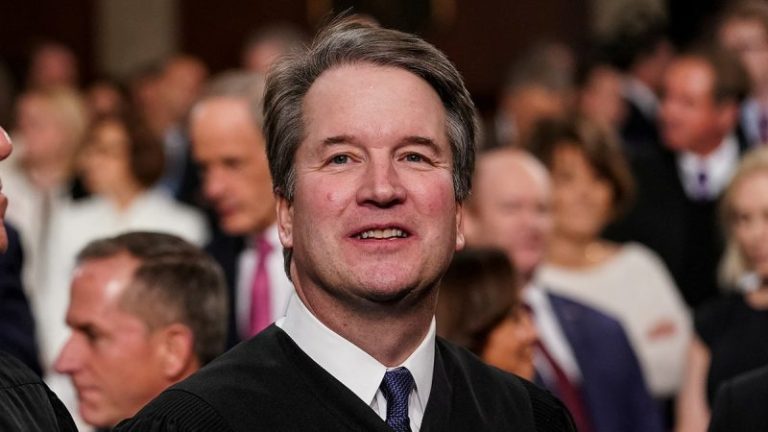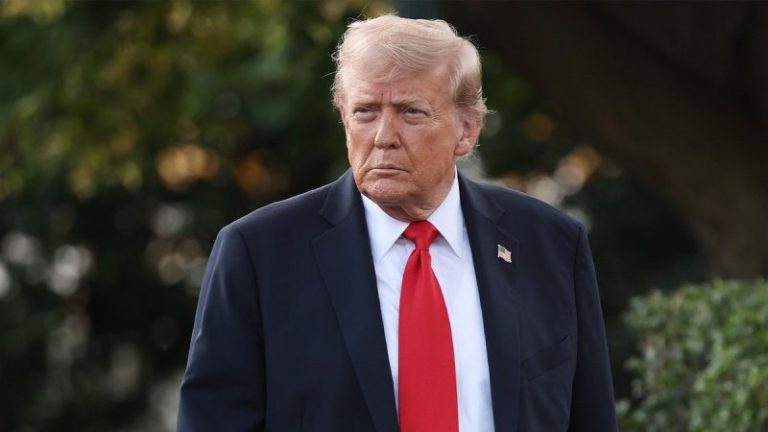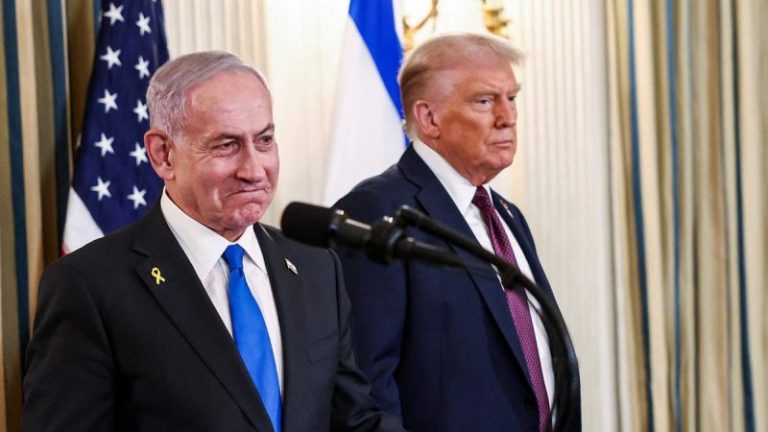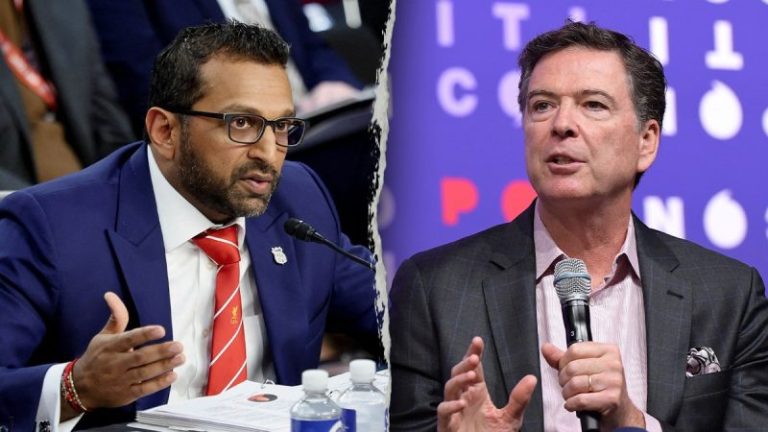A judge is set to sentence Nicholas Roske on Friday for attempting to assassinate Supreme Court Justice Brett Kavanaugh in the weeks leading up to the high court’s landmark Dobbs decision.
The Department of Justice has asked for 30 years in prison, while Roske’s attorneys have asked for eight years.
In a sentencing memorandum, prosecutors said Roske showed up at Kavanaugh’s house on June 8, 2022, armed with a pistol, ammunition, a knife, a crowbar and tactical gear, intending to kill the conservative justice and three other justices.
The potential impact of Roske’s conduct was ‘immeasurable and staggering,’ prosecutors said.
‘By targeting and planning to kill ‘at least one,’ but ‘shooting for 3’ justices of the Supreme Court, the defendant sought single-handedly and irrevocably to alter an entire branch of the United States government through violence,’ they wrote.
Roske’s attorneys argued in their own memorandum that three decades in prison, which included terrorism and other enhancements, did not fit the crime.
Roske pleaded guilty in April to one count of attempting to murder a Supreme Court justice, which carries a maximum sentence of life in prison.
The defense attorneys noted how Roske called 911 soon after arriving at Kavanaugh’s house and ‘self-reported her plans, intentions, and actions’ instead of moving forward with attacking Kavanaugh.
Roske’s lawyers also said Roske suffered severe depression and that their client’s ominous online searches about mass shootings and various justices, which the DOJ factored into its sentencing recommendation, were not indicative of an intent to murder multiple justices.
‘As any internet user knows, Googling and doom-scrolling, even in dark corners of the internet, does not equate to criminal intent,’ the defense attorneys wrote. ‘A user’s internet content is voluminous, intensely personal, and can easily be taken out of context.’
Two weeks prior to the sentencing hearing, Roske’s attorneys also notified the court that while their client’s name had not formally changed, Roske wanted to begin going by the name ‘Sophie’ and female pronouns.
‘Out of respect for Ms. Roske, the balance of this pleading and counsel’s in-court argument will refer to her as Sophie and use female pronouns,’ the footnote stated.
Roske’s sentencing comes at a time when judges have repeatedly raised alarms about threats they have received from ideologically-driven suspects across the political spectrum.
The attempted assassination in 2022 occurred just two weeks before the Supreme Court handed down its landmark decision overturning Roe v. Wade, an expected decision that had drawn protesters to the Supreme Court building and conservative justices’ houses for weeks leading up to it.
Last year, an Alaska man named Panos Anastasiou was indicted on charges of sending hundreds of messages to Supreme Court justices that included threats to murder them.
Anastasiou stands accused of making specific threats toward six justices of shooting, strangling, ‘lynching’ and beheading them.
This is a developing story. Check back for updates.










